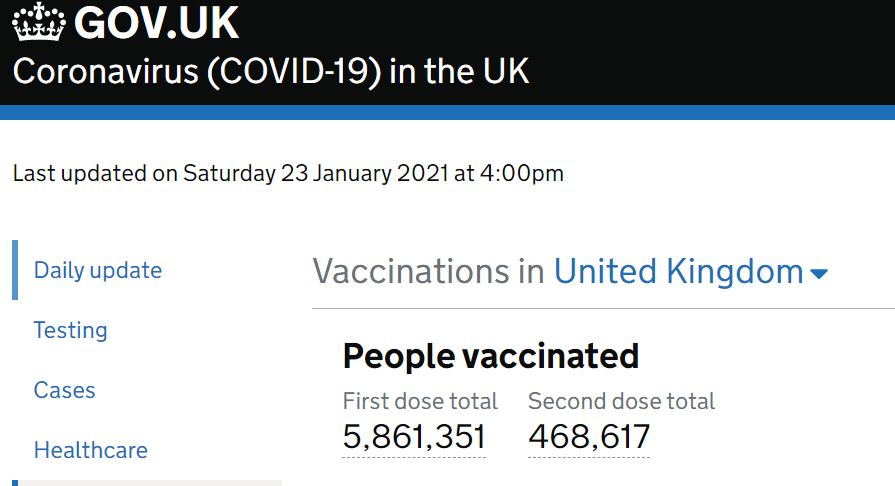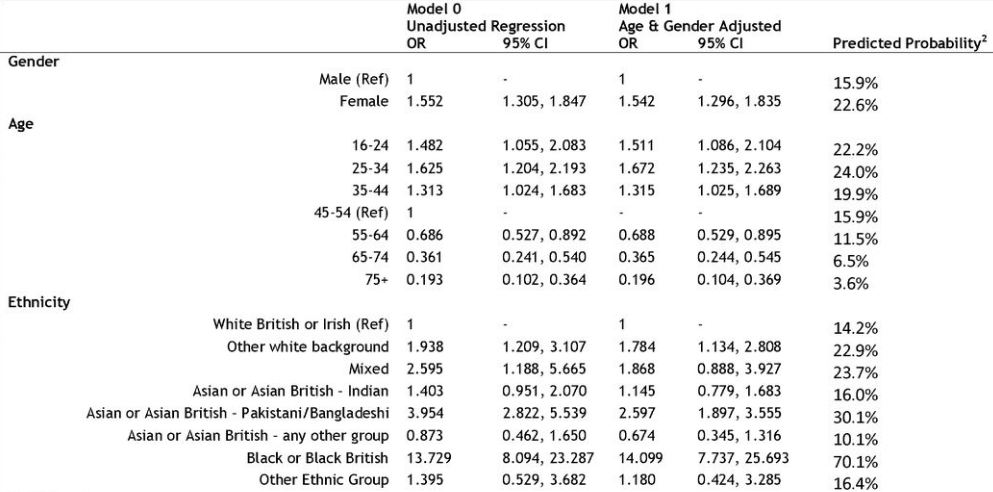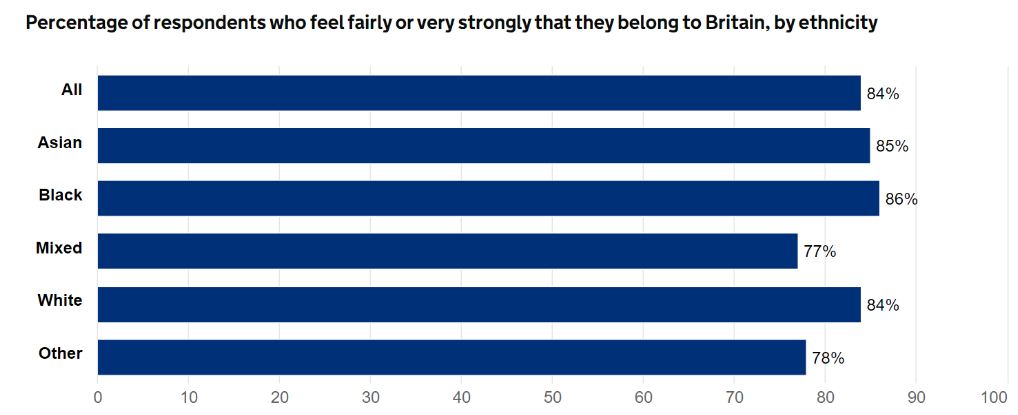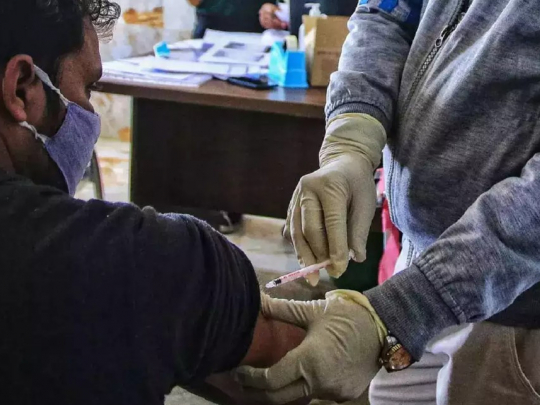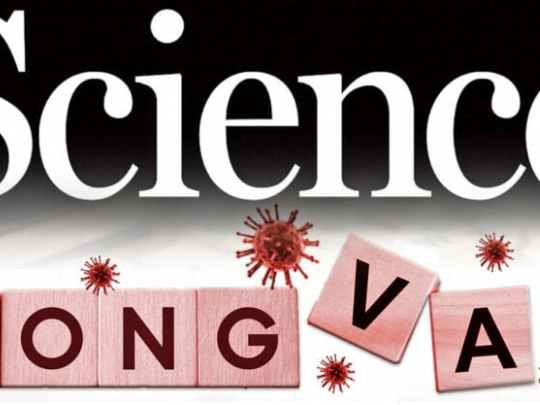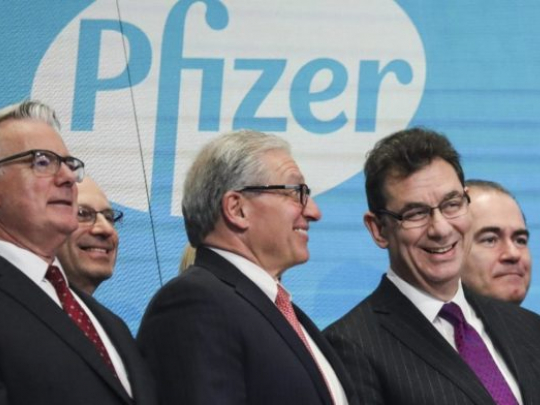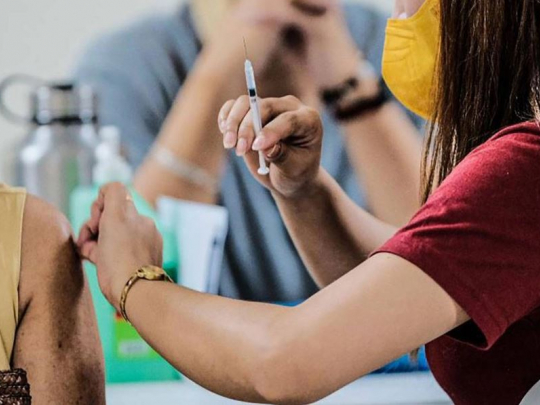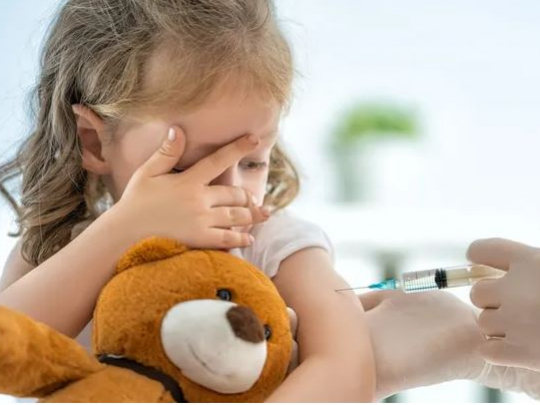Vaccines and Trust: Shortages
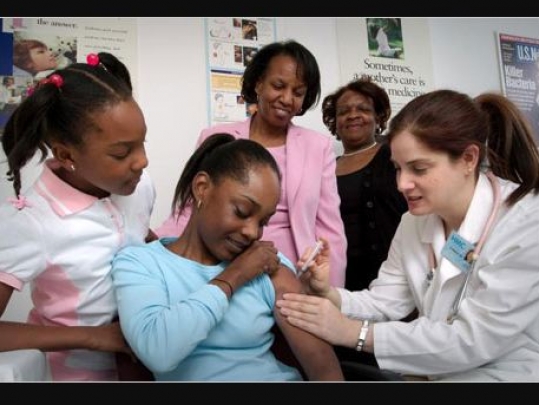
In the continuing story of coronavirus, this week brings two stories about limitations. The first is that production of both Pfizer and AstraZeneca vaccines in Europe is faltering, and from Monday supplies will be reduced for the next few weeks. There have been production problems, of the sort which happen in all manufacturing. It should get better later, but it means that some vaccination centres will lie idle for a while. This is a public health problem, since the gains which have been made in vaccinating, and which will have reduced the population at risk, may be overwhelmed by new cases in the unvaccinated, particularly as numbers increase, thus increasing the probability of new variants.
Nonetheless, by the time you read this, 6 million will have been given the first jab, and half a million the second jab. Not bad, given the cold chain requirements of the front-running Pfizer vaccine. Pragmatically, the AstraZeneca vaccine will now take over the main burden, and the rates of vaccination will probably increase considerably in a fortnights time.
For most people, getting the jab as soon as possible is the main aim. Vaccinations offered for later next week come with an associated second appointment on 8th April, so 70 days, or 10 weeks later. The UK has taken the reasonable view that giving as many people as possible the first dose should take priority, and that the second dose can be given up to 12 weeks later. Only 8% have had the second jab by this week, but that will increase considerably, so long as supplies last.
The British Medical Association (doctor’s union) has said that a 12 week delay is fine for the AstraZeneca jab, but for Pfizer there is no evidence it will be OK after 42 days. It is a bit hard to see how the immune system would forget a vaccination so soon. Prof Anthony Harnden, deputy chairman of the Joint Committee on Vaccination and Immunisation feels the data support the view that one jab confers acceptable protection. The Moderna data (using an mRNA approach like Pfizer) shows 90% immunity two months after the first jab. Prof Adam Finn, University of Bristol, a paediatrician with an interest in infection, immunity and vaccinations, says that within a week or two, unpublished data under analysis will be likely to show that there will be increasing protection in the 12 week period after the first vaccination. I think this was also suggested by Steve Sailer, having eyeballed the data some time ago.
However, vaccination is not universally popular. The media have been tentatively discussing the fact that some populations, in some parts of the country, are turning down vaccination not at the white rate of 8% but at the rate of 50%. As usual, the discussion of this phenomenon is somewhat coy. First of all, they call it “vaccine hesitancy”. Secondly, they talk about cultural and historical factors, and the importance of Faith leaders. Finally, later down the newspaper column, religion and race come into the picture.
A recent survey of 12,000 participants looking into “vaccine hesitancy” found that 72% of black respondents said they were unlikely to have the coronavirus. This was sky high compared to other groups.
https://www.medrxiv.org/content/10.1101/2020.12.27.20248899v1
So, intended vaccination rejection by ethnicity is: Black 70%, Pakistani/Bangladeshi 30%, Indian 16%, White 14%. A summary is that black citizens are disproportionately likely to reject being vaccinated. By a country mile, as they say in the country.
Just as a reality check, the same data show that elderly citizens are most at risk, and accordingly the least hesitant. The young don’t need a vaccination themselves (though it may well reduce the probability of passing it on to others) and so don’t see a need for it. It is a simple linear age effect.
In the real world, in Asian and African-Caribbean parts of Birmingham the refusal rate (offer of vaccination turned down immediately) is up to 50%. In Ealing, London, black residents refuse at 10-15% compared to all other groups at 5%. In Stoke on Trent there is a 20 to 30% non-attendance rate among black and ethnic minorities, compared to 2-3% in other groups. What ever the reason, a 20 to 30% non-attendance rate shows a sublime disregard for the needs of others, who will have had their chance of vaccination unnecessarily postponed.
What is going on?
A former Equality and Human Rights commissioner and frequent commentator, Trevor Phillips, said it was due to “a sincere rejection on religious or cultural grounds and quite probably a deep suspicion of anything proposed by white authorities. That doesn’t make it right, but it means we have to tackle he sceptics with seriousness. The underlying suggestion that we are all just a bit backward or don’t understand the arguments for the jab is just belittling people of colour”.
The idea that a rejection is “sincere” because it is thought to derive from religion or culture is certainly open to question. Cultures and religions can be wrong about immunology. Equally, “deep suspicion of white authorities” is bizarre, since those minorities are willingly and freely living in a white majority country, which provides education, health, social services, and welfare payments when required. Indeed, not only bizarre, but apparently totally wrong. Government surveys show that Black citizens have a strong sense of belonging in Britain, in actual fact fractionally more so than White citizens, which makes for an interesting talking point about the effects of mass immigration.
Finally, the suggestion that rejection of vaccination is based on not understanding the arguments can be tested by looking for any racial differences in the understanding of science, or racial differences in scholastic attainment in total.
Let us look at the GCSE results (age 16) by ethnicity for2019, the last year of uninterrupted schooling, and rank them by their Top 8 scores.
Chinese 64.3%
Indian 57.3%
Bangladeshi 50.6%
Black African 47.3%
Pakistani 46.2%
White British 46.2%
Black Caribbean 39.4%
Examiners tend to prefer average scores, not wanting to stand out and have their marks questioned, and mark up or down from that average only when the student performance calls for it. These group averages would show, by a very wide margin, that Black Caribbeans could be said to have had difficulty understanding things. However, it does not match well with Indian subcontinent results, so it seems to be a part of the story, but not all of it.
As regards science, in 2007 it was found that:
(At 16) Pupils with a Chinese, Indian, White and Asian or any other Asian background showed a preference for the separate sciences (biology, chemistry and physics), while pupils with Black backgrounds were less likely to take any of these subjects and showed a preference for the single award in science.
(At 18) Uptake figures for A-level subjects in the area of Science/Mathematics for pupils with a Black background (other than African) were low when compared with figures for other ethnic groups. However, figures for subjects in the Arts field were slightly higher.
It seems black students are more likely to avoid the separate sciences and mathematics.
Here is the summary of recent A level (age 18) results
1. Main facts and figures
• in the 2018 to 2019 school year, the average point score for all students taking level 3 qualifications (including A levels) was 33.42
• students from the Chinese ethnic group had the highest overall average point score out of all ethnic groups (37.98), and the highest score in every type of level 3 qualification
• out of the 6 aggregated ethnic groups, Black A level students had the lowest average point score (28.91)
It would seem that the most educated people in each racial group differ in average ability, so likely to be coming to different judgments about health risks, and influencing others in their ethnic groups in different ways. Since judgments about vaccination involve some knowledge of biology and medicine, and some familiarity with relative and absolute risk, there is a clear a priori reason based on education for different ethnicities to have different understandings of the benefits of vaccination.
There is another way of looking at far-out views, of the sort associated with seeing vaccination as an attack on personal health and integrity, which is to look at the extreme case: mental disorder so severe as to require detention. This follows the assumption that mental disorder is the far end of a dimension of beliefs, attitudes, and states of mind.
1. Main facts and figures
• in the year to March 2019, Black people were more than 4 times as likely as White people to be detained under the Mental Health Act – 306.8 detentions per 100,000 people, compared with 72.9 per 100,000 people
• out of the 16 specific ethnic groups, Black Caribbean people had the highest rate of detention out of all ethnic groups (excluding groups labelled ‘Other’)
• the highest rate of detention was for people in the Black Other ethnic group, followed by those in the Mixed Other ethnic group – however, these rates are considered to be overestimates because ‘Other’ categories may have been used for people whose specific ethnicity wasn’t known
• the actual rates of detention for people in the ethnic groups not labelled as ‘Other’ may be underestimated, particularly those within the Black ethnic groups
It is not that all people are mad, but that the far extreme for each group will predict that group’s average beliefs, and the probability of distorted thinking.
NHS doctors of ethnic origin have said that unwillingness to be vaccinated is due to “poorer health outcomes in people of colour alongside a number of controversial medical trials on ethnic minorities that still haunt recent memory”.
Of course, poorer health outcomes can be due to many factors, including obesity. Once again intensive care staff are noting the obesity of patients being brought in for treatment. This all too evident factor is always mentioned in media reports, but not usually in the headlines. The health of a group may be largely influenced by their own behaviour. UK estimates are that much ill health is due to poor behavioural choices in the general population.
As regards controversial medical trials, are they talking about Tuskegee? The way that story is told is that either black people were given syphilis, or more probably denied treatment despite their having syphilis, just so that the natural progression of the illness could be followed into incapacity and death, all this out of morbid fascination with the disease and a total disregard for black lives. If so, this horror would certainly linger in public consciousness, and could account for an unwillingness to go to hospitals, visit doctors, volunteer for studies and, possibly also, to accept vaccinations. Some allowance might have be made for this, if true, having happened in 1932, and steps having been taken to prevent a re-occurrence of this perversion of medicine.
Another possibility is that the date of 1932 is important, because at that time there were few treatments for syphilis that patients were willing to undergo and persist with. It could also be assumed that, as regards vaccinations, there may have been improvements in the intervening 90 years.
Here is a recent re-examination of the Tuskegee project.
https://www.spiked-online.com/2004/01/08/tuskegee-re-examined/
All this may come to nothing. Most people may eventually get vaccinated. If they could show up for the appointments they have accepted, that would be great.
- Source : James Thompson




